Commercial Meat Processing Equipment's Automation and Smart Solutions
In today's rapidly evolving food industry, commercial meat processing equipment has undergone significant advancements to meet the growing demands of consumers and the need for increased efficiency and food safety. Automation and smart solutions are at the forefront of this transformation, offering practical and high-value solutions for meat processors. This article explores the integration of automation and smart technology in commercial meat processing equipment, highlighting the benefits and advancements that these innovations bring to the industry.
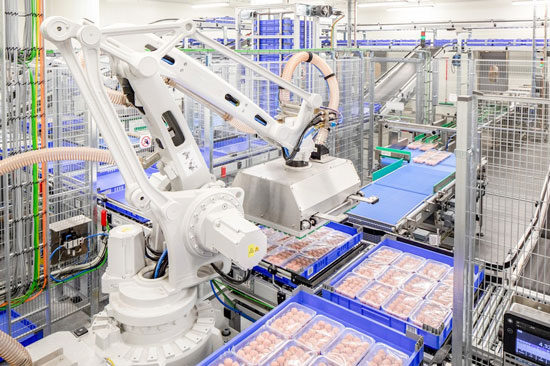
I. Enhanced Efficiency and Consistency
One of the most significant advantages of automating meat processing equipment is the improvement in efficiency and consistency. Automation systems can perform repetitive tasks with precision and speed, reducing human error and minimizing product variations. This ensures that every cut of meat is of the same quality and size, meeting customer expectations and regulatory standards.
Automation also allows for continuous processing, which means meat processors can handle higher volumes of production without compromising quality. With automated equipment, it becomes easier to maintain a smooth and uninterrupted production line, which translates to increased throughput and reduced downtime.
II. Improved Food Safety
Food safety is a top priority in the meat processing industry. Automation and smart solutions play a crucial role in ensuring that meat products meet strict hygiene and safety standards. Equipment designed with automation can minimize human contact with raw meat, reducing the risk of contamination. Moreover, smart sensors and monitoring systems can detect and report any irregularities in the production process, allowing for prompt corrective actions to be taken.
Additionally, automation facilitates traceability, which is essential for tracking and recalling products in case of contamination or other safety concerns. This capability is a regulatory requirement and helps build trust with consumers who want to know the origins of their meat products.
III. Precision Cutting and Portion Control
Precision cutting and portion control are essential aspects of meat processing. Automation technology, such as advanced cutting machines and portion control systems, ensures that each piece of meat is accurately cut to the desired size and weight. This is not only vital for consistency but also for cost control, as it minimizes product wastage and increases yield.
Automation solutions in this context often utilize laser and imaging technologies to precisely identify the optimal cut points on each piece of meat. This level of accuracy is challenging to achieve manually and significantly contributes to the overall efficiency of the process.
IV. Remote Monitoring and Control
Smart solutions in commercial meat processing equipment also enable remote monitoring and control. With the integration of Internet of Things (IoT) technology, meat processors can oversee the production process from anywhere with an internet connection. This allows for real-time data analysis and the ability to make quick adjustments to optimize production, reduce downtime, and respond to issues promptly.
Moreover, predictive maintenance using sensors and data analytics can help identify potential equipment failures before they occur. This proactive approach reduces unplanned downtime and extends the lifespan of expensive machinery, leading to cost savings in the long run.
V. Sustainability and Waste Reduction
Sustainability is a growing concern in the food industry, and automation and smart solutions contribute to reducing environmental impact. With precise portion control and less product waste, resources are used more efficiently. Additionally, smart equipment can monitor and optimize energy consumption, further minimizing the environmental footprint of meat processing operations.
Reducing waste not only benefits the environment but also contributes to cost savings for meat processors, making automation and smart solutions an attractive investment for the industry.
Conclusion
Automation and smart solutions in commercial meat processing equipment have revolutionized the industry by enhancing efficiency, ensuring food safety, and improving precision and consistency. Meat processors that invest in these innovations are better equipped to meet the demands of consumers and regulatory standards while reducing waste and environmental impact. As the industry continues to evolve, it is clear that automation and smart solutions are critical components of its future success.
Must-Read Blogs For Chain Restaurants Owner

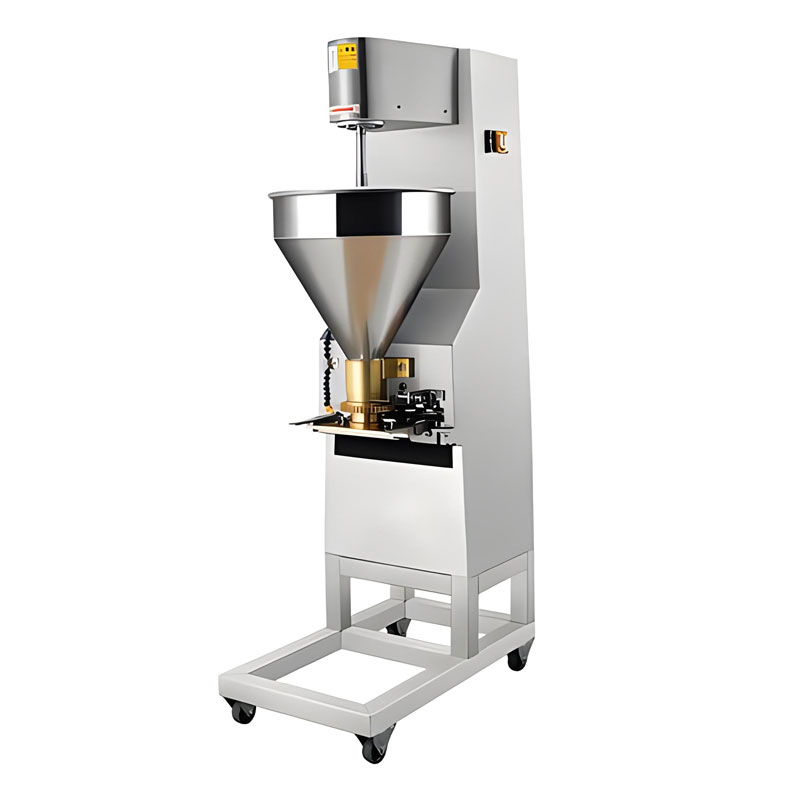
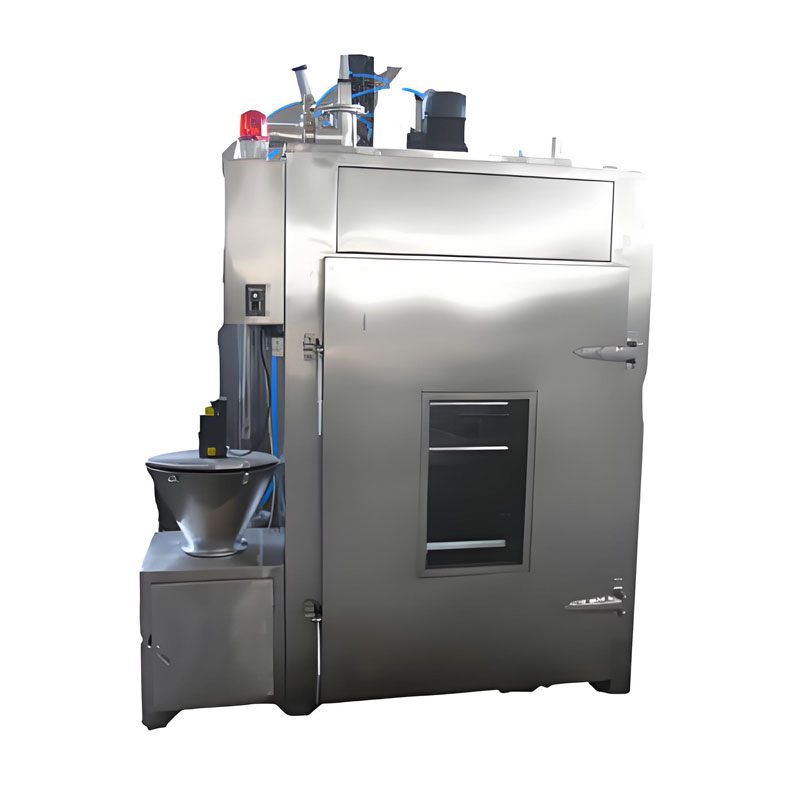
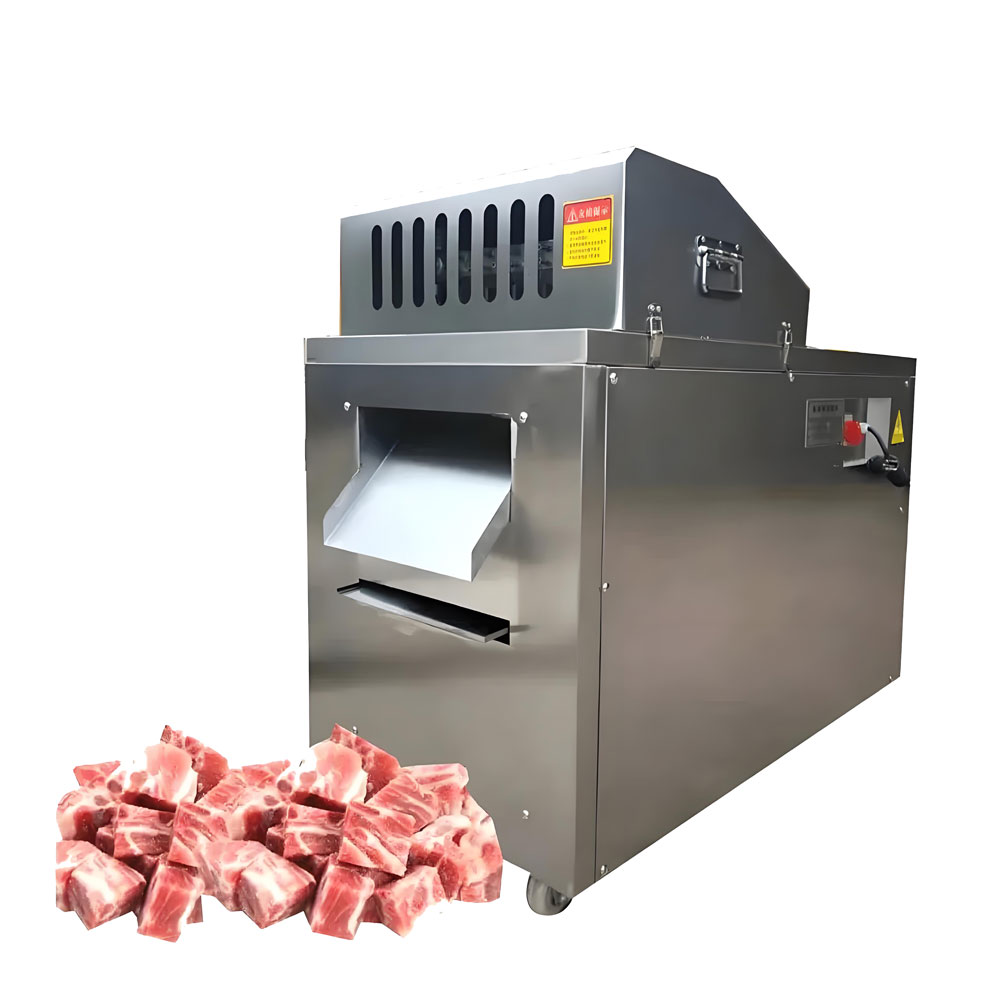
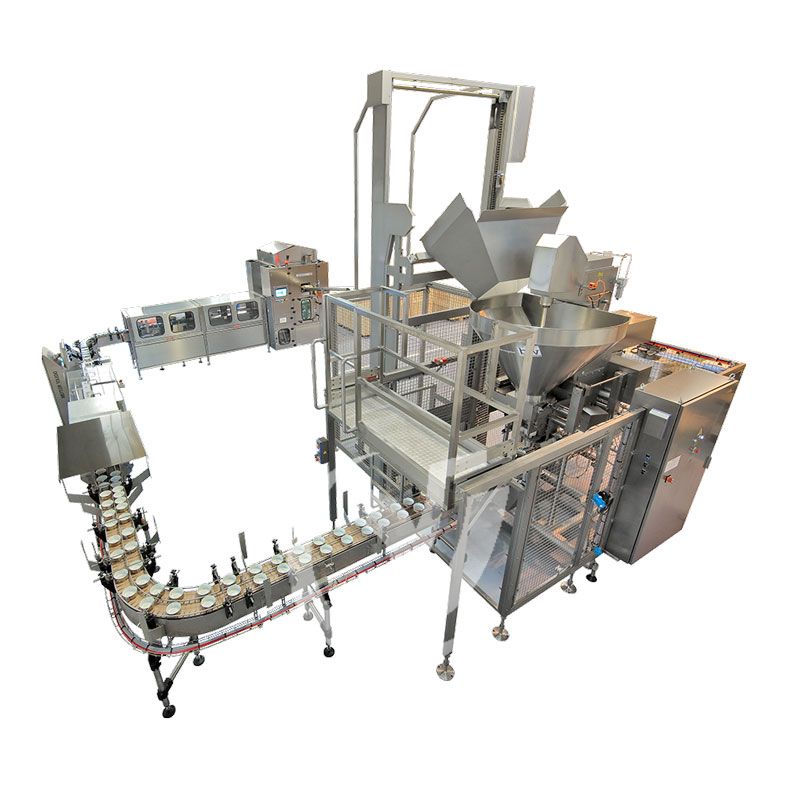

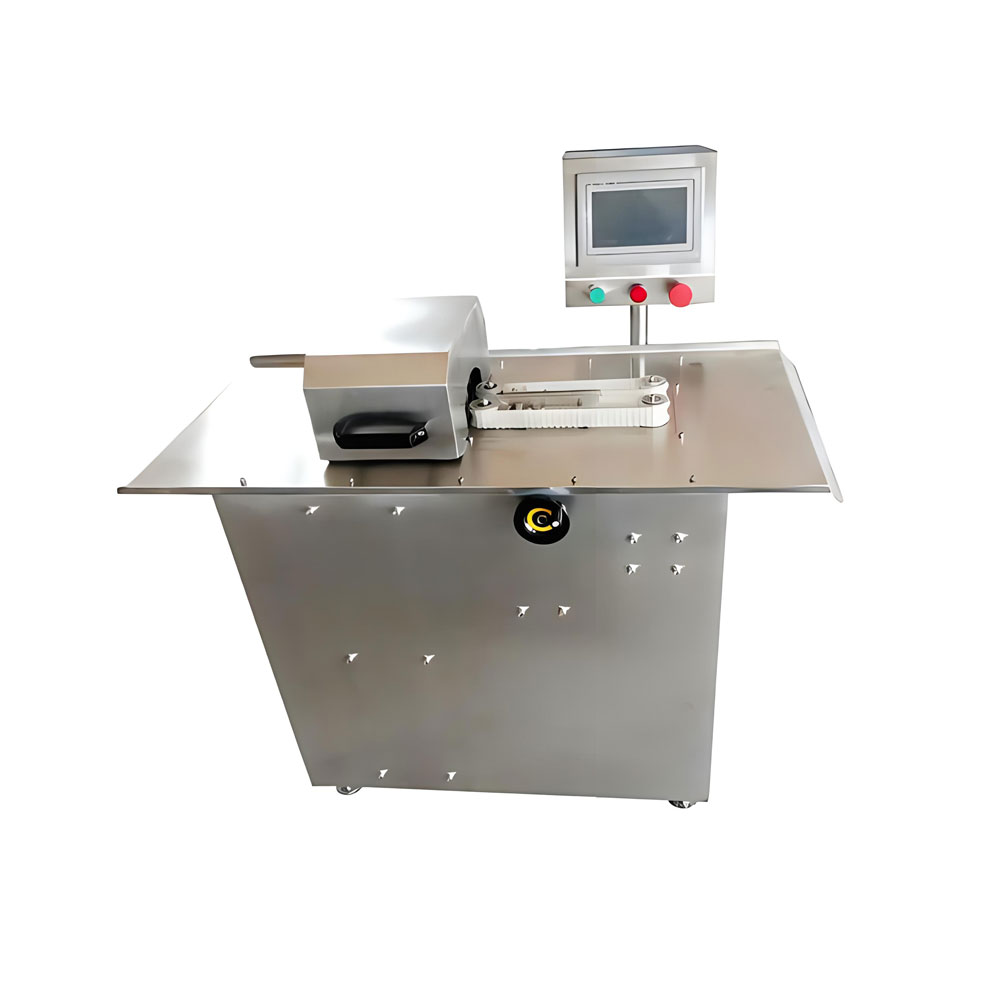
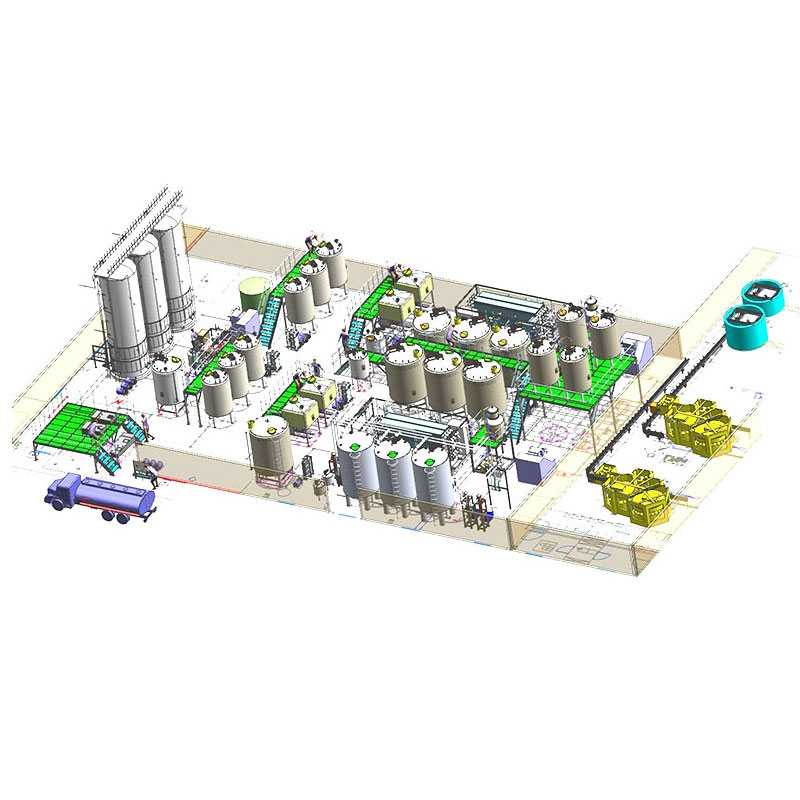
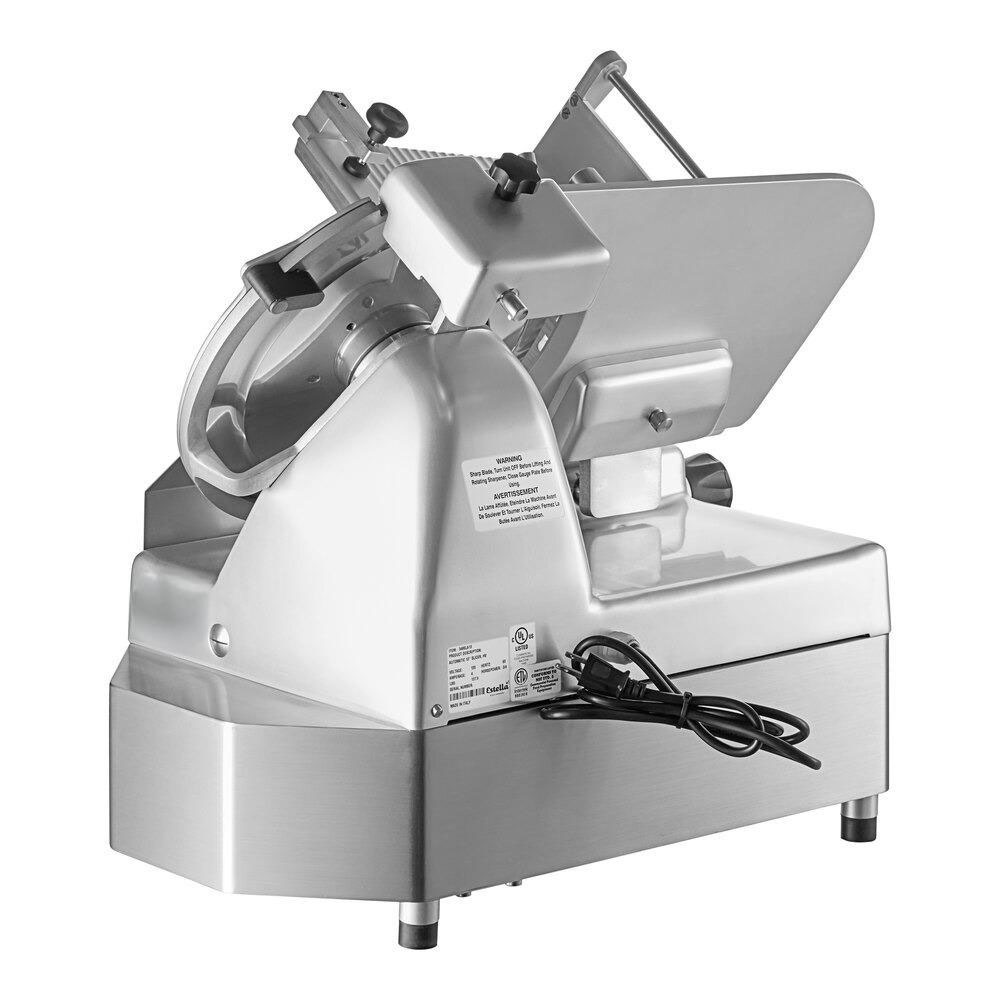
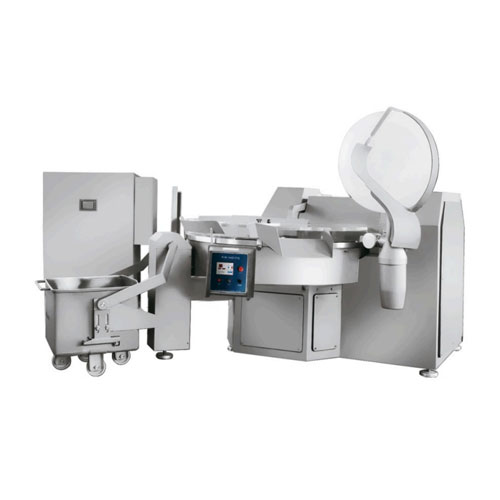
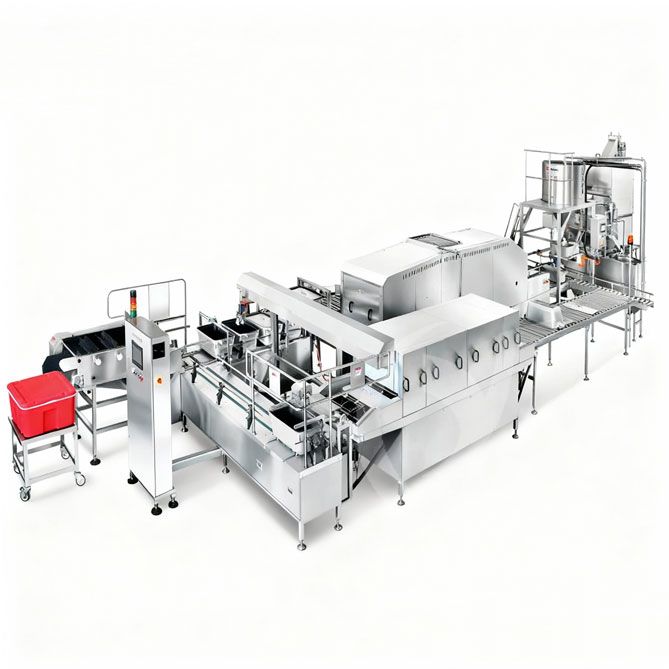
Ready to Get Started?